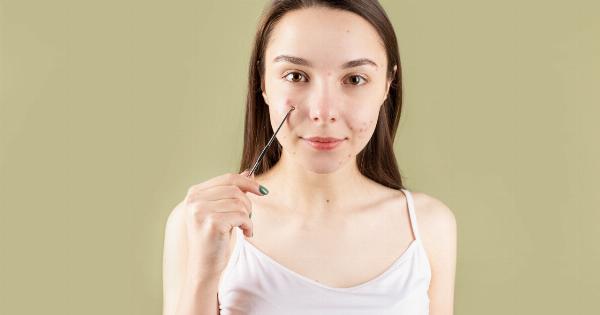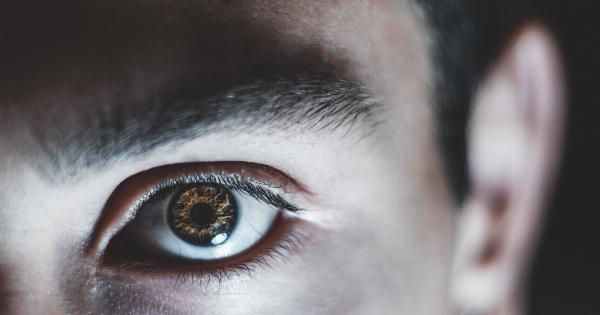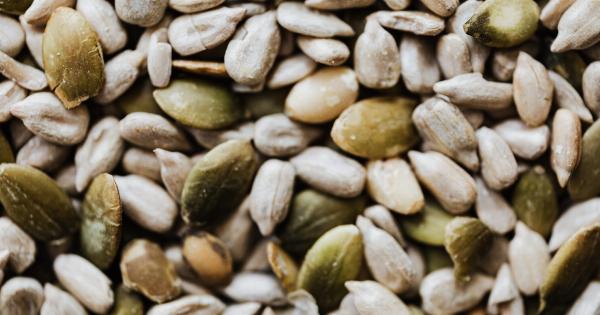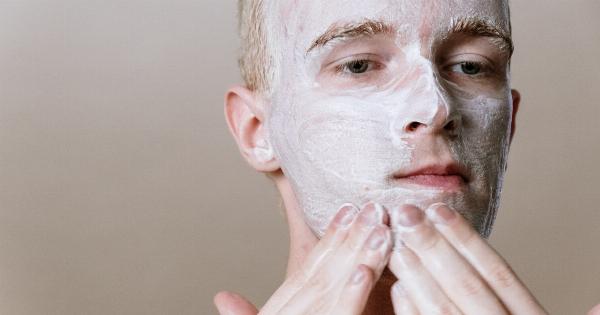Acne affects almost everyone at some point in their lives. It is one of the most common skin conditions worldwide. Many factors contribute to acne, including hormonal changes, genetics, diet, and lifestyle habits.
It is essential to understand the causes of acne so that you can take the necessary steps to prevent or treat it.
What is Acne?
Acne is a skin condition that occurs when your hair follicles become clogged with oil and dead skin cells. It appears as blackheads, whiteheads, pimples, or cysts. Acne usually appears on the face, but it can also occur on the chest, back, and shoulders.
Many people experience mild to moderate acne, but severe acne can cause scarring and impact self-esteem.
Hormones and Acne
Hormones play a significant role in the development of acne. During puberty, hormone levels fluctuate, leading to increased sebum production. Sebum is an oily substance that helps to lubricate the skin.
When too much sebum is produced, it can clog hair follicles and create an ideal environment for acne-causing bacteria to thrive.
Women experience hormonal changes throughout their menstrual cycle, which can also contribute to acne. Pimples that occur along the jawline or chin area are often hormonal acne.
Hormonal acne can also be a symptom of polycystic ovary syndrome (PCOS), a condition that affects hormone levels.
Genetics and Acne
Genetics also play a role in the development of acne. If your parents had acne, you are more likely to have it too. Certain genes are associated with acne development, including genes that regulate sebum production and skin inflammation.
Diet and Acne
What you eat can impact your skin health and contribute to acne. Foods with a high glycemic index, such as white bread, sugary drinks, and fast food, can increase insulin levels.
High insulin levels can lead to increased sebum production and inflammation, which can trigger acne.
Dairy products have also been linked to acne development. Milk contains hormones and other compounds that can affect your body’s hormone levels and contribute to clogged pores.
Some studies have shown a link between chocolate consumption and acne, although the evidence is not conclusive.
Lifestyle Habits and Acne
Your lifestyle habits can also contribute to the development of acne. If you wear tight clothing, sweat can become trapped on your skin and lead to clogged pores. Stress can also trigger acne flare-ups by increasing inflammation in the body.
Smoking can decrease blood flow to the skin, leading to clogged pores and acne development.
Treatment Options for Acne
If you are struggling with acne, there are several treatment options available. Topical creams and gels containing benzoyl peroxide, retinoids, or salicylic acid can help to unclog pores and reduce inflammation.
In some cases, oral medications such as antibiotics or hormonal therapy may be necessary.
Lifestyle changes can also help to improve acne symptoms. Washing your face twice a day with a gentle cleanser can keep your skin clean and reduce oil production. Eating a healthy, balanced diet and getting regular exercise can also help to prevent acne.
Conclusion
Acne is a common skin condition that can have a significant impact on self-esteem and quality of life. Understanding the causes of acne is essential for developing an effective treatment plan.
Hormones, genetics, diet, and lifestyle habits all play a role in acne development. By making lifestyle changes, using topical treatments, and seeking medical care when necessary, you can manage your acne symptoms and achieve clearer skin.



























